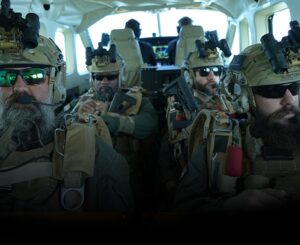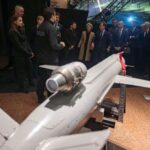
While U.S. Special Operations Command (SOCOM) desires 75 Armed Overwatch aircraft--four squadrons, plus 15 training planes, a top U.S. Air Force official on Aug. 11 countered that such aircraft will not be of much use in conflicts with China or Russia. "The [2018] National Defense Strategy is pretty clear. We need to focus on a peer threat," Air Force Lt. Gen. Joseph Guastella, the service's deputy chief of staff for operations, told an Air Force Association Warfighters in Action forum.…














